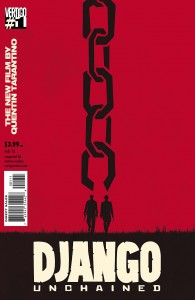 When DC Comics announced at San Diego Comic-Con that they were planning to release a comics adaptation of Quentin Tarantino’s movie Django Unchained, which is out in theaters today, I was not particularly enthusiastic, even though I am a Tarantino fan from years back.
When DC Comics announced at San Diego Comic-Con that they were planning to release a comics adaptation of Quentin Tarantino’s movie Django Unchained, which is out in theaters today, I was not particularly enthusiastic, even though I am a Tarantino fan from years back.
Why? Well, picture the first fifteen minutes of Pulp Fiction. Now try to picture that quarter hour as a comic book. Hell, imagine it as a major event comic with A-list talent; let’s say they got Frank Miller to do the art, because after all, the man knows how to draw people in black and white suits. What do you think that comic book would look like? That’s right: it would be 75 pages long with half of those pages being word balloons. And the visuals would be of three different angles of two guys sitting quietly in a car, giving Miller all kinds of unexpected free time to shriek at hippies to get off his lawn. And we know that those would be some killer word balloons, but as a comic book? Not the most exciting-sounding four-color experience. Frankly, if you pitched a comic issue about two guys in a car talking about cheeseburgers and the metric system without using the name “Tarantino,” even Brian Michael Bendis would say, “Meh; sounds kinda… talky“.
So at first glance, a Tarantino comic sounds like a rough idea on its face. However, Django Unchained is a western, which at least implies a certain amount of action and visual dynamism… but to play Devil’s Advocate, Pulp Fiction was a crime movie, which would also imply some adrenaline pounding, but which really only would provided it during the, well, adrenaline pounding. So how does this comic play? An ultra-literate Jonah Hex shoot ’em up? Or, to paraphrase Eric Cartman: a couple of gay cowboys talking about pudding?
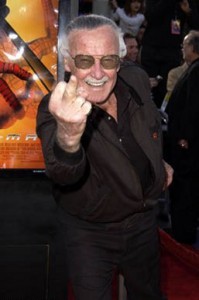

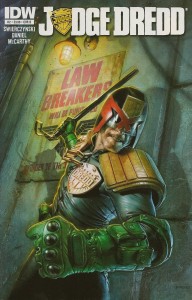

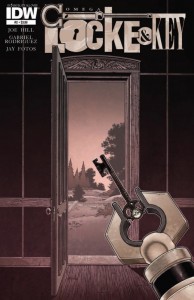

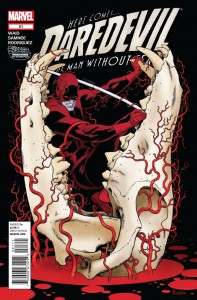
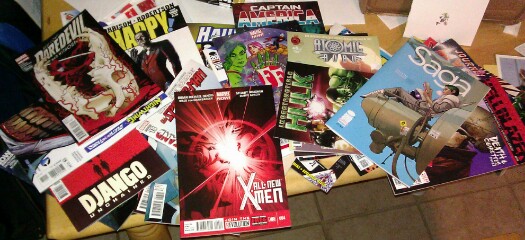

 Podcast RSS Feed
Podcast RSS Feed iTunes
iTunes Google Play
Google Play Stitcher
Stitcher TuneIn Radio
TuneIn Radio Android
Android Miro Media Player
Miro Media Player Comics Podcast Network
Comics Podcast Network